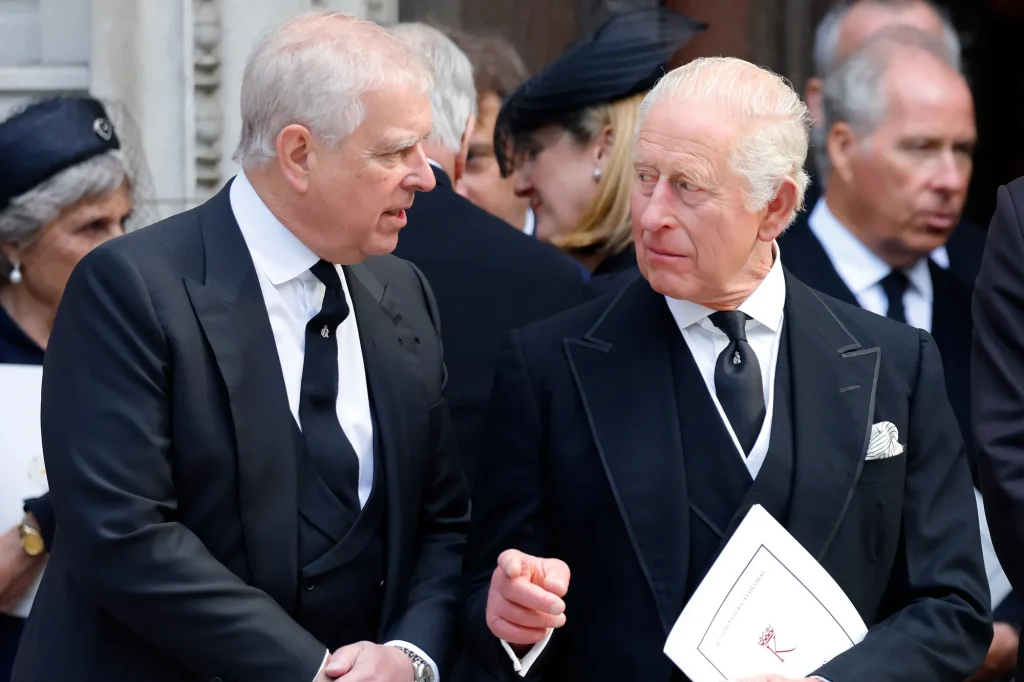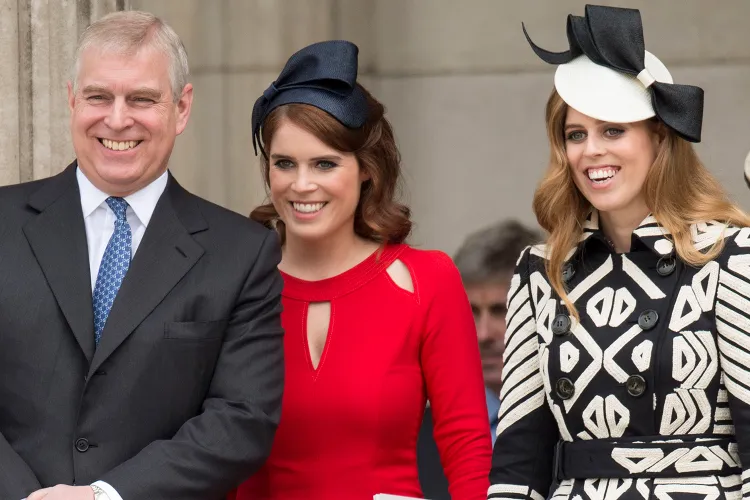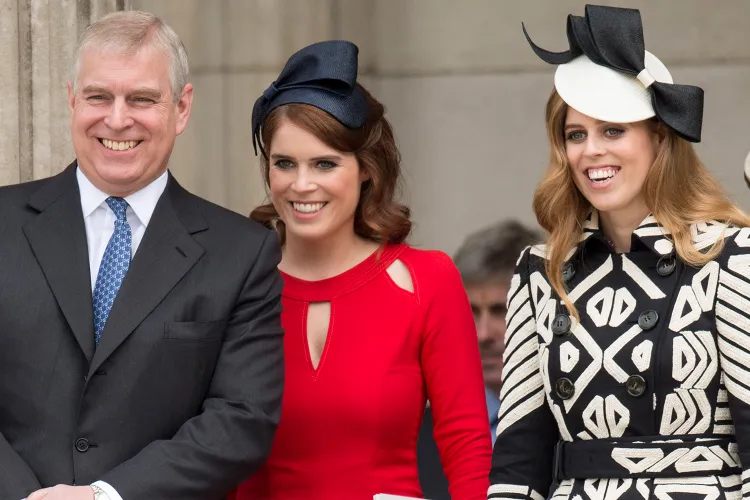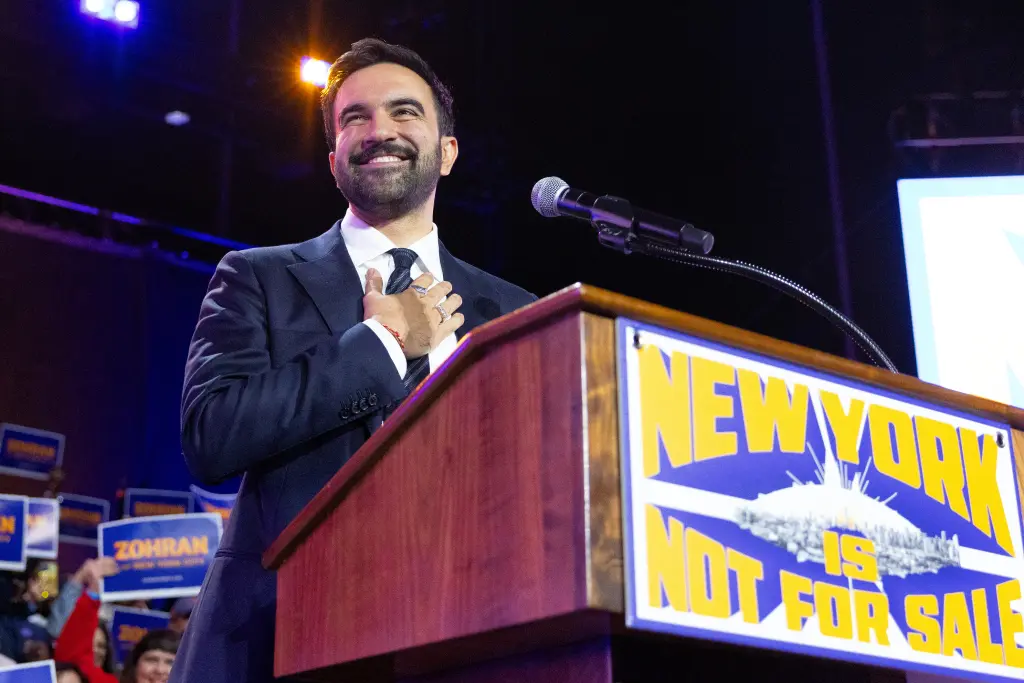Princess Beatrice and Princess Eugenie’s Royal Status Revealed After Prince Andrew’s Titles Officially Stripped by King Charles
The British royal family is undergoing one of its most defining transitions in decades. Following King Charles III’s decision to strip Prince Andrew of all royal titles and privileges, attention has now turned to his daughters — Princess Beatrice and Princess Eugenie — and what this means for their royal futures. The move has not only reshaped the royal hierarchy but also brought emotional weight to a family already navigating a delicate new era.

Prince Andrew, once a senior royal with a visible public role, has now been officially removed from all royal duties and honorifics. As a result, his daughters, who hold the titles of princesses by birth, are also seeing their positions quietly evolve within the modern monarchy. While King Charles’s decision does not directly remove their titles, it effectively signals that Beatrice and Eugenie will no longer represent the royal family in any formal capacity — at least for now.
Both sisters have long walked the line between public duty and private life. They have attended major royal events, such as Trooping the Colour and royal weddings, but they have also built careers outside of palace walls. Beatrice, 36, works in finance and technology and is known for her advocacy around dyslexia and education. Eugenie, 34, is involved in art and philanthropy, focusing particularly on anti-slavery initiatives and environmental causes. Their approach has reflected a quieter, more grounded interpretation of royal life — one that aligns closely with King Charles’s vision of a slimmed-down monarchy.

Still, the recent developments carry emotional complexity. For Beatrice and Eugenie, their father’s fall from grace has been a difficult and public ordeal. Despite their own efforts to live independently, their royal identity remains tied to his. Sources close to the family say the sisters have maintained a “respectful and understanding” relationship with the King, who has expressed affection and admiration for both women. However, the royal restructuring makes clear that their roles will remain peripheral to the working core of the family, now focused on Charles, Queen Camilla, Prince William, and Princess Catherine.
This subtle repositioning mirrors what has been happening behind palace doors for years — the monarchy quietly recalibrating itself for a new generation. Under the late Queen Elizabeth II, Beatrice and Eugenie enjoyed a certain freedom to balance personal lives with public appearances. Under King Charles, the tone is more defined: the monarchy’s official image must remain lean, efficient, and clear of controversy. That means fewer royal representatives and more emphasis on public service over privilege.

Even so, Beatrice and Eugenie are not being cast aside. They remain much-loved family members who continue to attend private gatherings, state occasions, and major family milestones. Their titles as “Princess” are birthrights through their father, the Duke of York, and can only be removed by an act of Parliament — something that has not been pursued. But symbolically, they are stepping into a new phase: one defined by independence, philanthropy, and distance from the crown’s institutional responsibilities.
Observers note that this may actually suit the sisters well. Both have spoken in the past about their desire to live normal lives — to work, raise families, and make their own mark away from the expectations that once surrounded royal titles. Beatrice’s marriage to Edoardo Mapelli Mozzi and Eugenie’s to Jack Brooksbank have also grounded them in lives that blend royal heritage with modern reality. In an age when the public is increasingly critical of royal privilege, their quieter roles may ultimately strengthen their image.
The royal family, as always, moves with slow but deliberate precision. King Charles’s decision to redefine his brother’s place — and by extension, his nieces’ — reflects both duty and pragmatism. The monarchy must protect its reputation and adapt to a world that demands accountability and relevance. And while the loss of royal duties may seem like a setback, for Beatrice and Eugenie, it could be an opportunity to write their own stories, untethered from the shadows of scandal and expectation.
As they navigate this transition, one thing remains clear: Beatrice and Eugenie embody the blend of tradition and modernity that defines the royal family’s future. Their titles remain, but their direction is firmly their own — a quiet evolution within an institution still learning to balance history with humanity.



